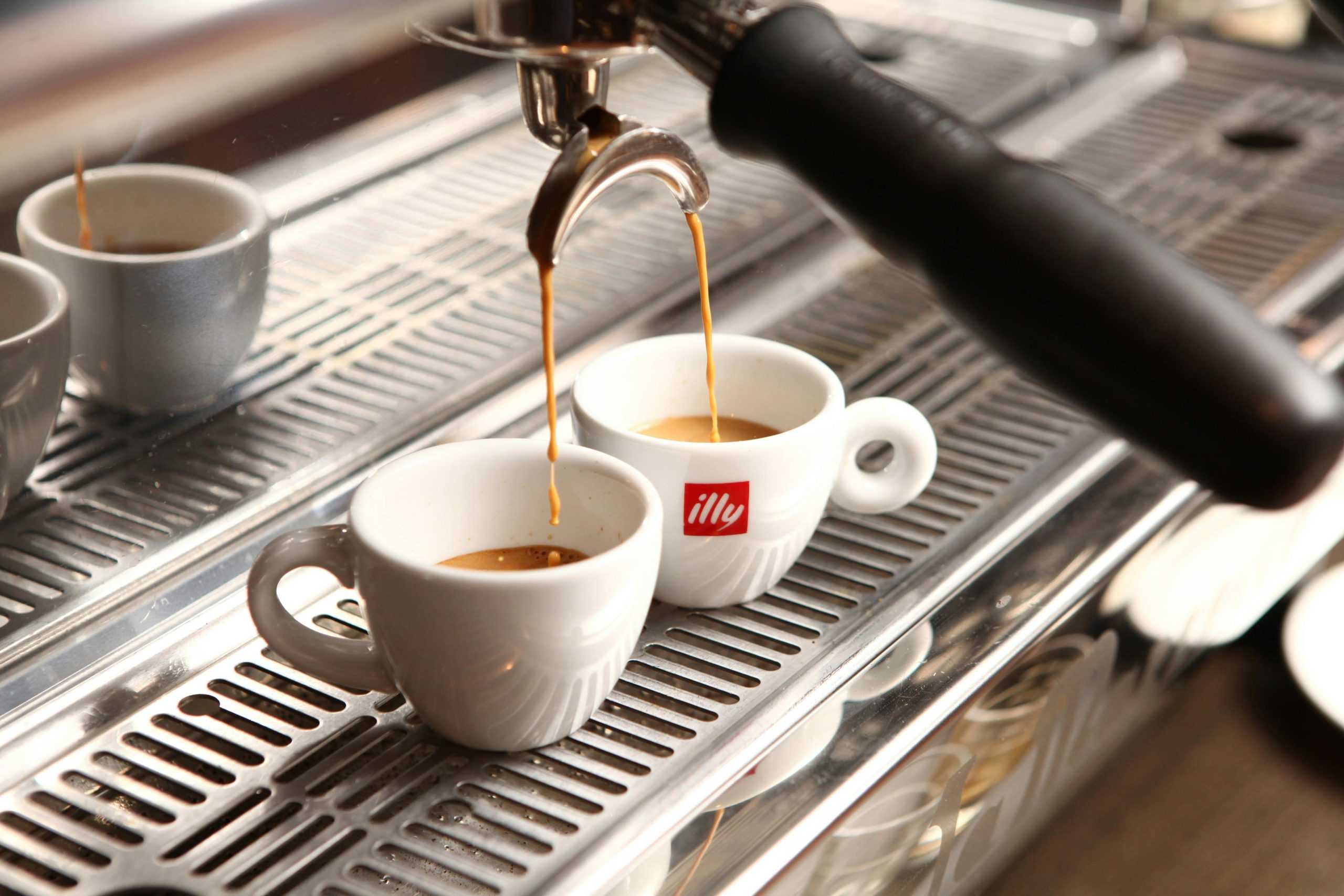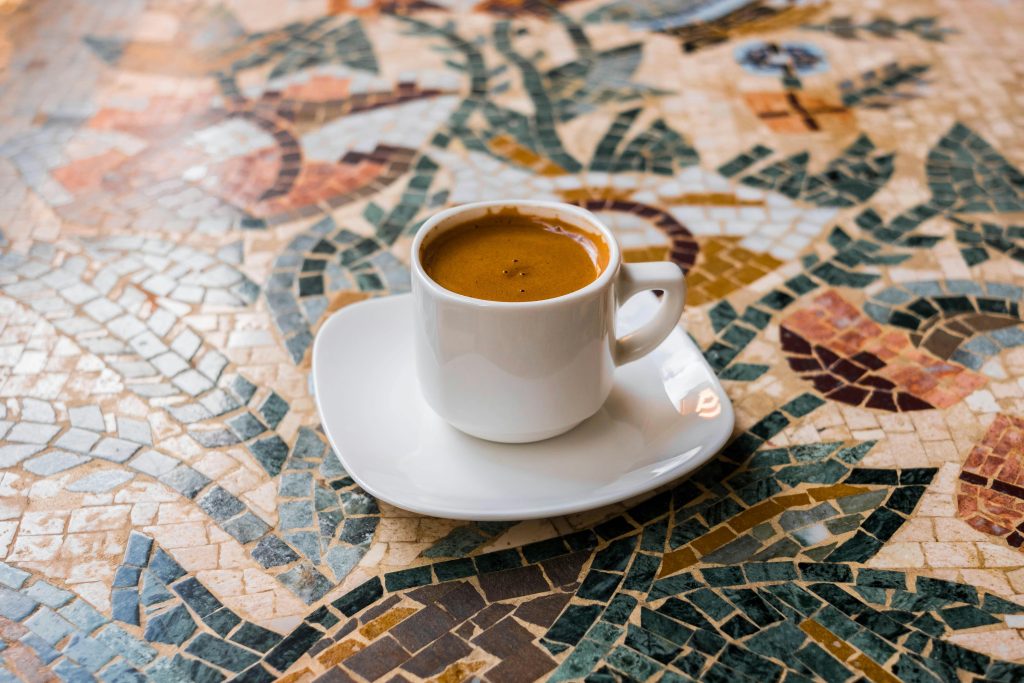How Much Caffeine Is In 3 Shots Of Espresso?

If you’re a coffee lover, chances are you’ve wondered at one point or another just how much caffeine is in 3 shots of espresso. Well, wonder no more! In this article, we’re going to explore the caffeine content of 3 shots of espresso, providing you with all the information you need to make an informed decision when it comes to satisfying your daily caffeine fix. So grab your favorite mug, sit back, and get ready to uncover the secrets of espresso’s caffeine potency.
Caffeine Content in Espresso
What is Caffeine?
Caffeine is a naturally occurring stimulant that is commonly found in beverages such as coffee, tea, and soft drinks. It belongs to a group of compounds known as methylxanthines, which have a stimulating effect on the central nervous system. Caffeine is known for its ability to increase alertness, improve cognitive function, and provide a temporary boost of energy.
Understanding Espresso
Espresso is a concentrated form of coffee that is made by forcing pressurized hot water through finely ground coffee beans. It is known for its rich flavor and strong taste, making it a popular choice for coffee enthusiasts. The brewing process involves a quick extraction, resulting in a small serving size with a concentrated coffee flavor.
Caffeine Content in Espresso
The amount of caffeine in espresso can vary depending on several factors, including the type of coffee bean used, the roast level, extraction time, water temperature, grind size, and brewing method. These factors can significantly influence the caffeine levels in a single shot of espresso. It is essential to understand these factors to determine the caffeine content accurately.
Factors Influencing Caffeine Levels in Espresso
Bean Type and Roast Level
The type of coffee bean used in the espresso preparation can affect the caffeine content. Arabica beans, which are commonly used for espresso, generally have lower caffeine levels compared to Robusta beans. Additionally, the roast level of the coffee beans can also influence the caffeine content. Generally, darker roasts tend to have slightly lower caffeine levels compared to lighter roasts.
Extraction Time
The extraction time plays a crucial role in determining the caffeine content in espresso. A longer extraction time allows for more caffeine to dissolve into the water, resulting in a higher caffeine concentration in the final shot. Conversely, a shorter extraction time may yield a lower caffeine content.
Water Temperature
The temperature of the water used for brewing espresso can affect the caffeine extraction. Higher water temperatures tend to promote faster extraction, leading to a higher caffeine content. However, using excessively hot water can also result in a more bitter taste.
Grind Size
The grind size of the coffee beans impacts the surface area exposed during extraction, affecting the caffeine content. Finer grounds tend to result in higher caffeine extraction due to increased surface area contact with the water. Coarser grinds may result in lower caffeine levels.
Brewing Method
Different brewing methods, such as traditional espresso machines, AeroPress, or stovetop espresso makers, can influence the caffeine content. Each method has its own unique extraction process, impacting the caffeine extraction. However, most traditional espresso machines are known for producing highly concentrated shots with higher caffeine content.
Standard Caffeine Content in a Single Shot of Espresso
Caffeine in a Single Shot of Espresso
On average, a single shot of espresso contains approximately 63 milligrams of caffeine. However, it is essential to note that the actual caffeine content can vary depending on the factors mentioned earlier. The concentration of caffeine in espresso is comparatively higher than that of regular coffee due to the concentrated nature of the brewing process.
Caffeine Content in 3 Shots of Espresso
Calculating Caffeine in 3 Shots of Espresso
If you consume three shots of espresso in one sitting, you would be consuming around 189 milligrams of caffeine. Multiplying the average caffeine content of a single shot by three gives an estimation of the caffeine content in three shots. However, it is crucial to consider that the caffeine levels can still vary based on the factors mentioned earlier.

Caffeine Comparison with Other Beverages
Caffeine Content Comparison: Espresso vs. Coffee
Espresso generally contains a higher caffeine content compared to regular brewed coffee. A typical eight-ounce cup of brewed coffee contains around 95 milligrams of caffeine, while a single shot of espresso contains approximately 63 milligrams. Therefore, consuming a small serving of espresso can provide a similar caffeine boost as a larger cup of coffee.
Caffeine Content Comparison: Espresso vs. Energy Drinks
When it comes to comparing espresso and energy drinks, espresso has a higher caffeine content per ounce. Most energy drinks contain around 80 milligrams of caffeine per eight-ounce serving. In contrast, espresso, with its concentrated nature, can provide a similar caffeine boost in a smaller volume.
Effects of Caffeine on the Body
Short-Term Effects of Caffeine
Caffeine consumption can have various short-term effects on the body. It stimulates the central nervous system, increasing alertness and reducing fatigue. Caffeine can also improve focus, enhance athletic performance, and elevate mood. However, some individuals may experience side effects such as increased heart rate, restlessness, or difficulty sleeping if consumed in excessive amounts or if they are sensitive to caffeine.
Long-Term Effects of Caffeine
While moderate caffeine consumption is generally safe for most individuals, long-term excessive intake may lead to certain health implications. Caffeine dependence, tolerance, and addiction can develop over time. It can also disrupt sleep patterns, cause gastrointestinal issues, and contribute to withdrawal symptoms if abruptly discontinued. It is essential to consume caffeine in moderation and be mindful of individual sensitivities.

Health Considerations and Recommendations
Safe Daily Caffeine Intake
The recommended safe daily caffeine intake for most healthy adults is approximately 400 milligrams, which is equivalent to about four to five cups of brewed coffee. It is essential to pay attention to the caffeine content in each beverage consumed throughout the day to avoid exceeding the recommended limit.
Individual Sensitivity to Caffeine
It is important to note that everyone’s sensitivity to caffeine can vary. Some individuals may be more sensitive to its effects, while others may have a higher tolerance. Factors such as age, weight, overall health, and individual metabolism can influence the body’s response to caffeine. It is advisable to monitor your own caffeine intake and make adjustments according to personal preferences and reactions.
Managing Caffeine Consumption
Alternatives to Espresso
If you are looking to reduce your caffeine consumption but still enjoy a flavorful hot beverage, there are several alternatives to espresso worth exploring. Herbal teas, such as chamomile or peppermint, are caffeine-free options that can provide a soothing and relaxing experience. Additionally, there are various decaffeinated coffee options available that can provide a similar taste without the stimulating effects of caffeine.
Decaffeinated Espresso
For those who still want to enjoy the taste of espresso but prefer to minimize their caffeine intake, decaffeinated espresso is a suitable choice. Decaffeinated espresso undergoes a process to remove most of the caffeine while preserving the flavors. It allows individuals to savor the rich taste of espresso without the stimulating effects of caffeine.
Conclusion
Espresso, with its concentrated brew and unique flavor, contains varying amounts of caffeine depending on several factors. Understanding the factors that influence caffeine levels in espresso, such as bean type, roast level, extraction time, water temperature, grind size, and brewing method, can help determine the caffeine content accurately. It is important to be mindful of your caffeine consumption and consider individual sensitivities when incorporating espresso or other caffeinated beverages into your daily routine. By making informed choices and practicing moderation, you can enjoy the rich taste of espresso while maintaining a healthy and balanced lifestyle.
